When you struggle to read it puts you at a potentially life-long disadvantage, says Bernadette McLean, so it’s time to look at new methods, such as AI, to help identify literacy difficulties.
Literacy skills are fundamental to so much of school life and beyond, it is hard to comprehend that each year in the UK almost 148,000 children leave primary school unable to read to the expected standard.
Maybe this figure would be easier to swallow if children were catching up during their time at secondary school. Unfortunately, despite a plethora of thoughtful initiatives and the huge amount of old-fashioned, sleeves-rolled-up hard work many schools put in to making this happen, there are still children whose reading ability stops progressing when they transfer to their senior school. It is far from uncommon for a young person to end up three or even more years behind his or her chronological reading age by the time they leave school.
Those at the highest risk of being left behind in the literacy stakes are pupils with dyslexia, estimated to be about 10% of children in this country. In my view, these are some of the children who are being robbed of the pure pleasure of getting lost in a good story, as well as being placed at a massive disadvantage when it comes to attainment in exams, motivation, building self-esteem and engagement.
As we already know early intervention through testing is by far the most effective approach to boosting reading skills and positively changing children’s life chances, what options do we have for changing how we do things?
Time will tell 
A key thing to bear in mind is that testing a child’s reading skills, ability and comprehension is a very difficult task. There are a whole host of multifaceted cognitive and linguistic processes that come into play. Words being read are transformed into speech sounds, which connect to meaning by matching up with vocabulary or general language knowledge – but it’s not a linear process. All of these activities are part of an information loop which continuously feeds back to a child and strengthens itself over time.
Regardless of this complexity, the most widely used reading tests are one-dimensional. It’s for this reason that the phonics test children take in Year 1 – and again in Year 2 if the previous year didn’t go so well – is widely regarded as being problematic. Teaching children to read single sounds or words doesn’t help check whether they can infer meaning or understand.
As children grow older, then reading tests often focus on scoring comprehension. But again, a simple score doesn’t tell you how the child is reading, which means two children with the same score might often need very different types of intervention.
Friendly algorithms
An exciting development in the process of how we test reading and uncover literacy barriers is in the use of AI technology, which helps dig deeply into what is really going on when a child reads. Research on the relationship between reading and eye movements is constantly being updated but, with 5000 scientific studies behind it, the evidence base is strong – tracking eyes picks up minor differences in how the brain processes text on lexical (verbal), syntactic (word order), semantic (interpretation) and structural levels.
Therefore, as we track how a child’s eye moves, it is possible to get a view of the linguistic processes going on inside that individual’s head. This reveals a large amount of information about the cognitive interplay and how different components work together. The same algorithms can also be used to highlight the risk of dyslexia, and other reading difficulties, without the need for long assessment times.
Making a difference
Such detailed information is enormously helpful in practical teaching terms. Imagine a graph with two axes, where horizontal is decoding and vertical is comprehension. Results from this AI testing from Lexplore Analytics can place children at a precise spot in terms of identifying the difficulties they are experiencing with reading, so the right interventions and support can be put into place to help them progress. This is important because methods that work well for non-dyslexic children may actually be confusing or potentially detrimental for those with reading difficulties.
There are other benefits to using the latest technology tools to deliver more advanced assessment too, in terms of screening more quickly and allocating specialist teaching resources where they’re most needed. But the bottom line is that if we miss the opportunity to intervene when we can, and fail to ensure children are well equipped with the personalised strategies that are appropriate to their individual thinking style – thus enabling them to decrypt the reading code – then we risk severely letting those children down. This is not something that any of us wants to see happen.
Bernadette McLean is an independent literacy consultant for Lexplore Analytics and was previously principal of The Helen Arkell Dyslexia Centre.
